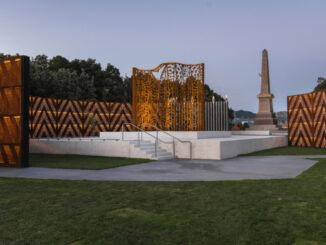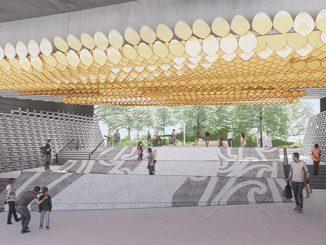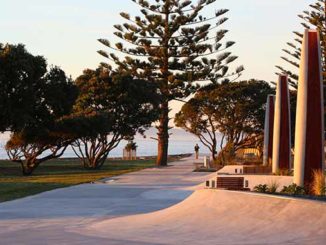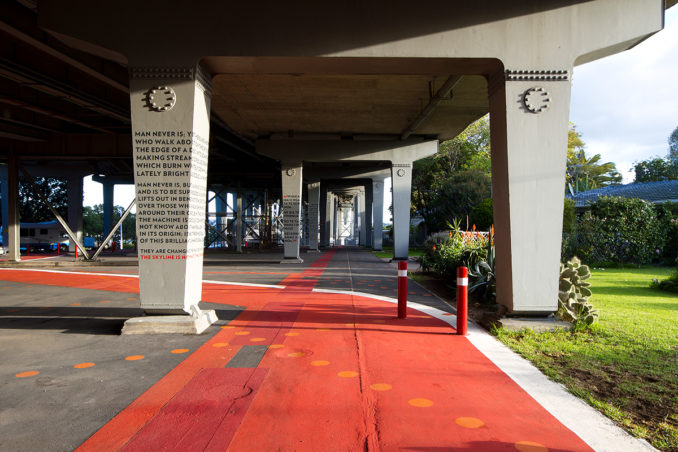
Looking out over the Waitemata Harbour to present-day Auckland, Te Onewa was a major headland Pā (fortification) and occupied by Maori for many centuries – it is unique and historically significant. Te Onewa Reserve is also referred to as Stokes Point Reserve, and the site and surrounding area were sold to the New Zealand Government in 1841. The land was subsequently sold to a number of private parties and subdivided into residential lots.
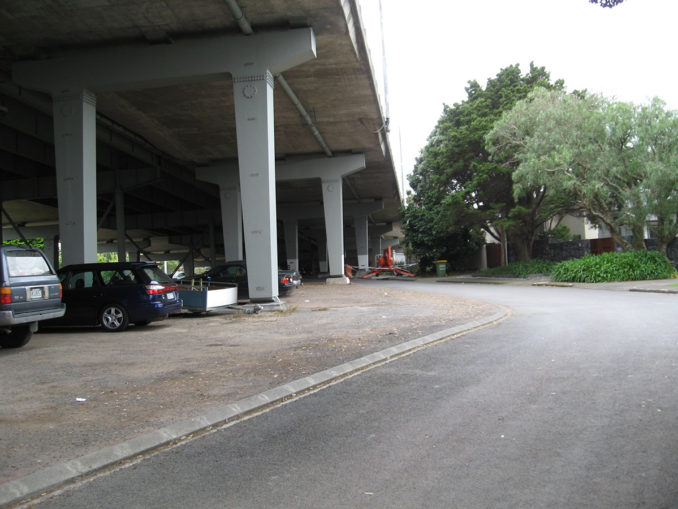
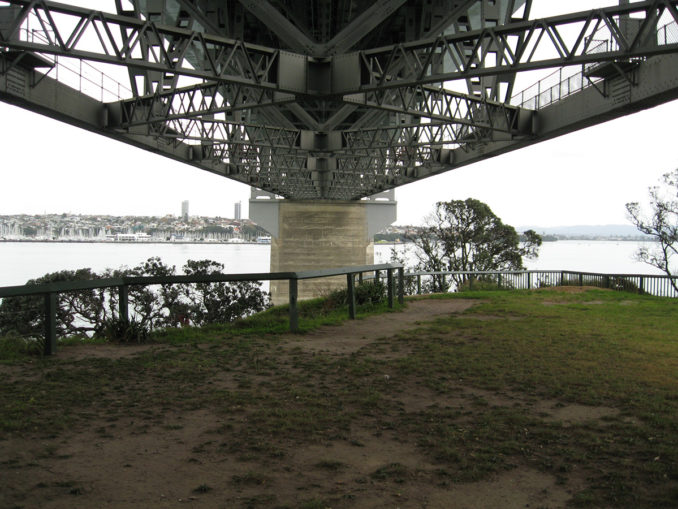
In the 1950s Te Onewa was chosen as the northern approach to the Auckland Harbour Bridge (AHB). The AHB became the dominant built feature at and over the Te Onewa headland, and the values of the Pā were affected by the presence of the bridge and the various modifications to the land over the years.
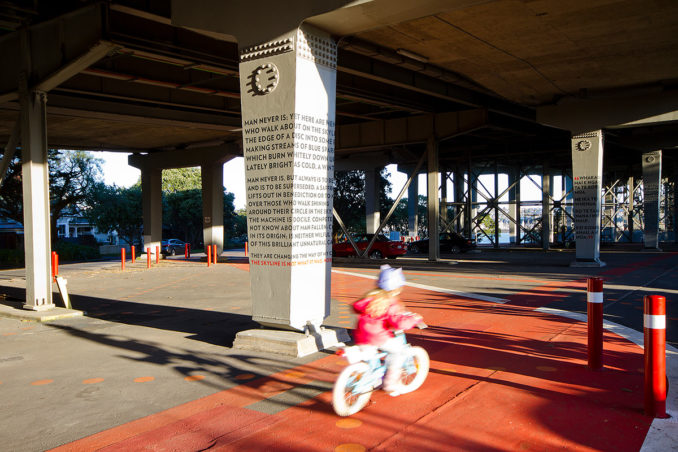
In 2008, an Alliance was formed to manage and maintain the AHB. The Alliance worked collaboratively to deliver excellent outcomes, foster innovation and provide the best value for money solutions to upgrade public access (including access for maintenance) and improve public safety in relation to Te Onewa.
The site’s noteworthiness is its dramatic placement beneath the Auckland Harbour Bridge, and its ability to provide a unique aspect to Auckland City. The pa restoration has increased awareness of this spot and enhanced its amenities while preserving the delicate landscape, and providing a safe environment for visitors at the base of this large piece of transport infrastructure.
Extensive renewal and maintenance were required to restore the Pā site to reflect the historical significance of the area. This was carried out in three separate stages over an eight-year period.
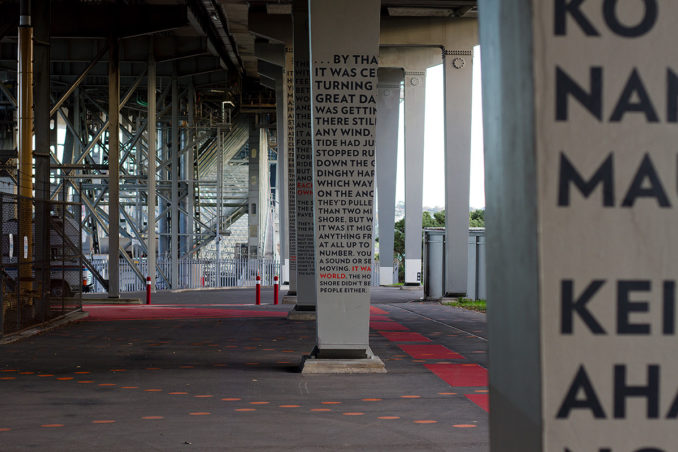
Stage 1: Included painting of the ‘Trestle Leg Series’ (designed with artist Catherine Griffiths), where excerpts of poetry and prose were wrapped around eight of the eastern trestle legs of the west box girder beneath AHB.
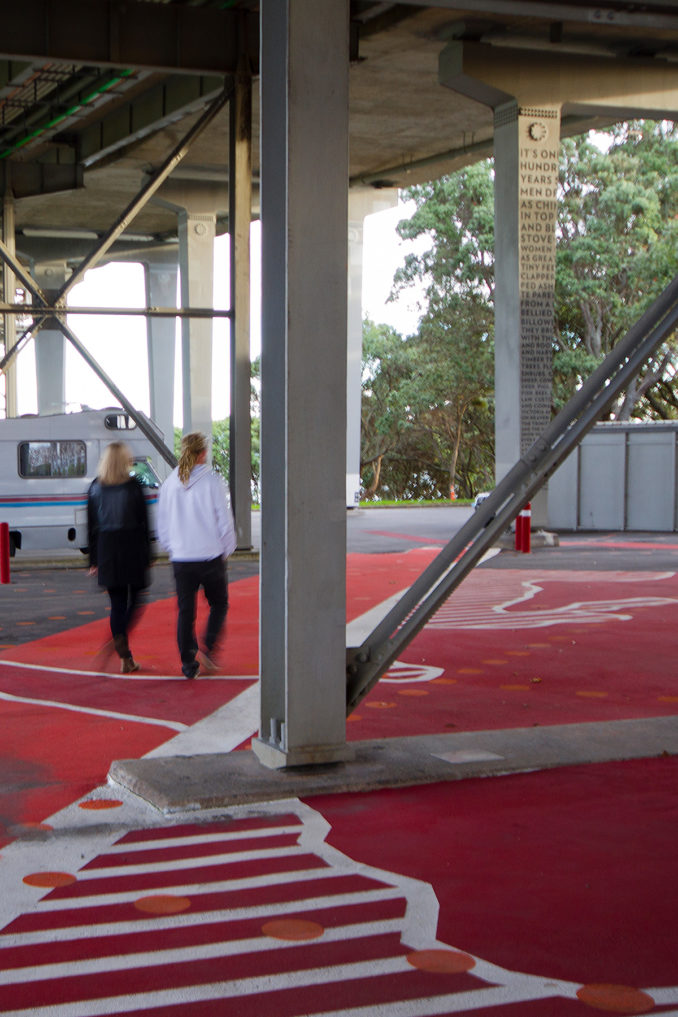
Stage 2: Completed in 2013, this part of the project recognised natural and cultural landmarks of the area that were significantly altered when the bridge was constructed. One of the design elements was a vibrant red path to ‘greet your arrival at the bridge’ and ‘guide you into the reserve’; creating a visual and physical connection to the harbour and the reserve.
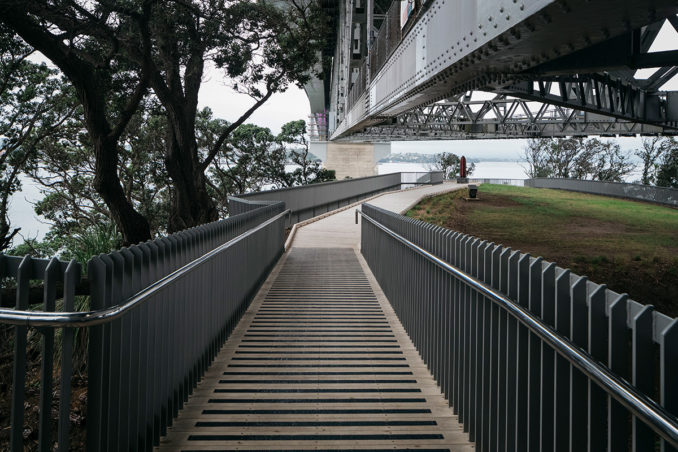
Stage 3: Involved the construction of a pathway along the eastern side of the Northern abutment (80m in length). This pathway provides access for AHB maintenance activities and provides improved access to Te Onewa Pā. Extensive planting and new perimeter fencing were also completed.
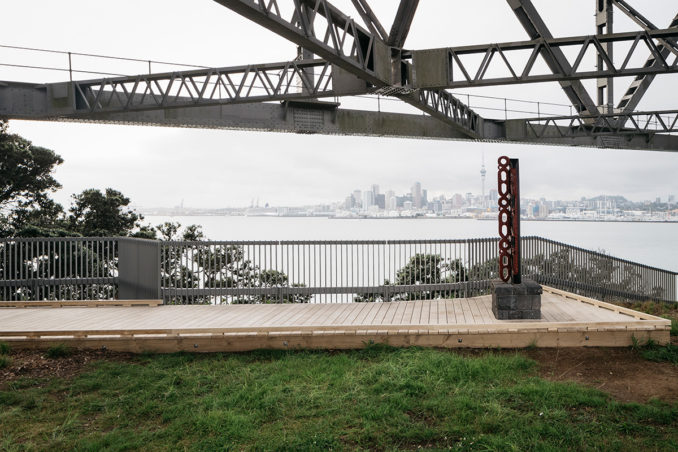
A pouwhenua carved from heart Totara by Reuben Kirkwood of Nga Tai ki Tamaki was revealed during the dawn blessing and recognises the whakapapa of mana whenua; and the memorial to workers who lost their lives during the construction of the bridge remains nearby.
The design and construction methodology for the landscaping was centred on innovative thinking to ensure minimal disturbance of the sensitive land during restoration (culturally sensitive as well as environmentally sensitive from the burying of materials from AHB’s works in the mid-twentieth century).
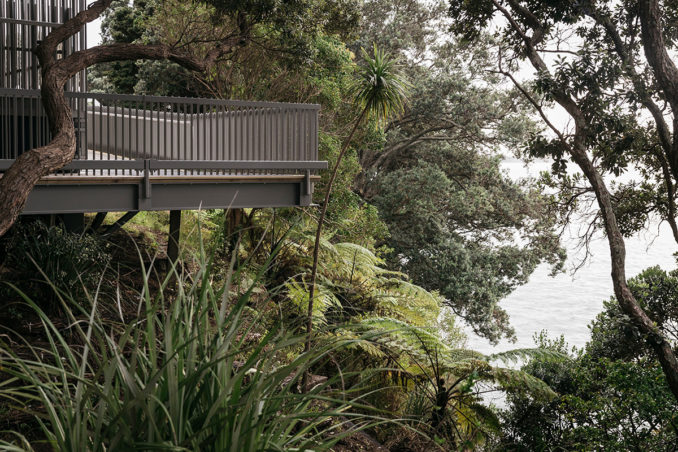
The overall planting scheme responds to the site, using natural features for transition and inference of what the site would have been like in pre-Colonial times. Incorporating new plants was essential to mitigate erosion on site and increase the visual amenity. The fragility of the existing soil was exacerbated by the limited sunlight and rainfall, caused by the bridge overhead. A mix of native plants, including Rengarenga, Kowharawhara and Huruhuru Whenua were selected for their tolerance of these inhospitable conditions. These plants were arranged in evenly-spaced offset rows, acting as a korowai to protect the spiritual values of the landscape.
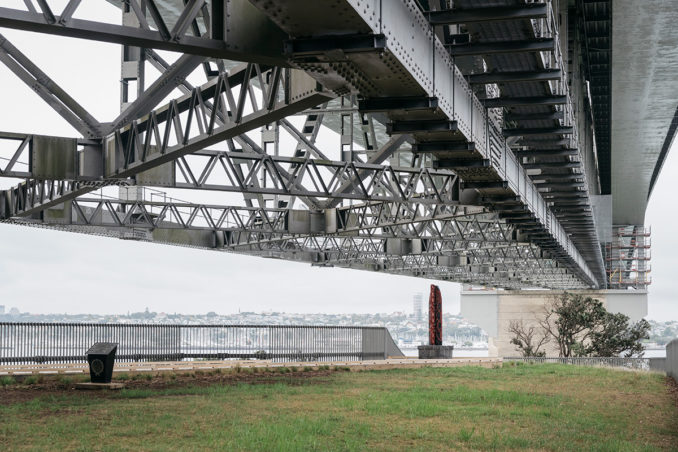
At its heart, Te Onewa Pā has been about working together and rebuilding connections, and the project has achieved far more than its initial brief. A decade ago, Te Onewa Pa/Stokes Point was fenced-off and neglected. Mana whenua, Auckland residents and visitors are now free to experience Auckland and the harbour from this amazing vantage point while sensitive design elements enhance and protect the land.
Te Onewa Pa Restoration
Location: Auckland, New Zealand
Designers: Boffa Miskell
Client: New Zealand Transport Agency, Auckland Harbour Bridge Alliance
Project Team: Cathy Challinor (design lead)
Text: Boffa Miskell
Photos: Claire Hamilton/Boffa Miskell; Jay Farnworth/Boffa Miskell

